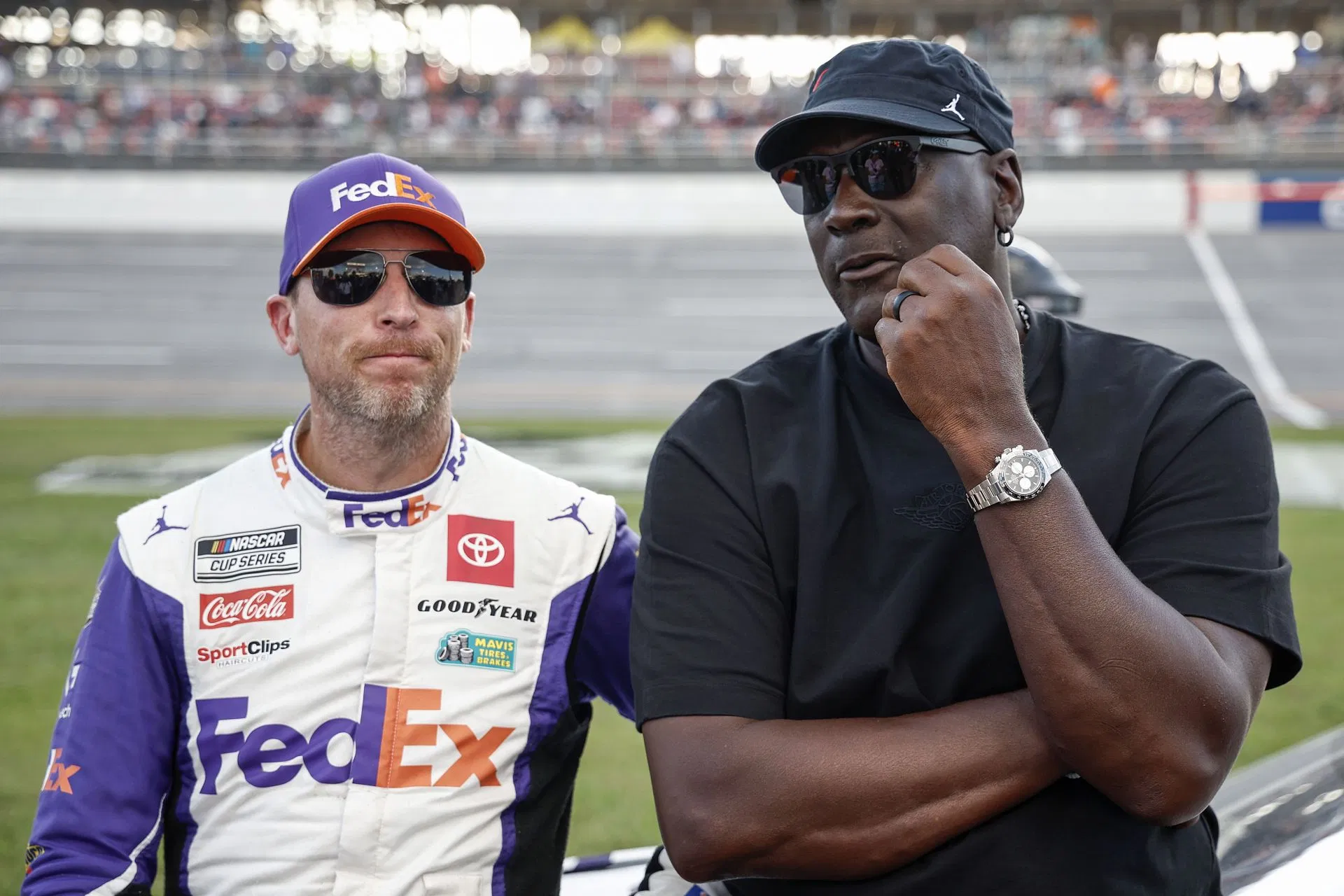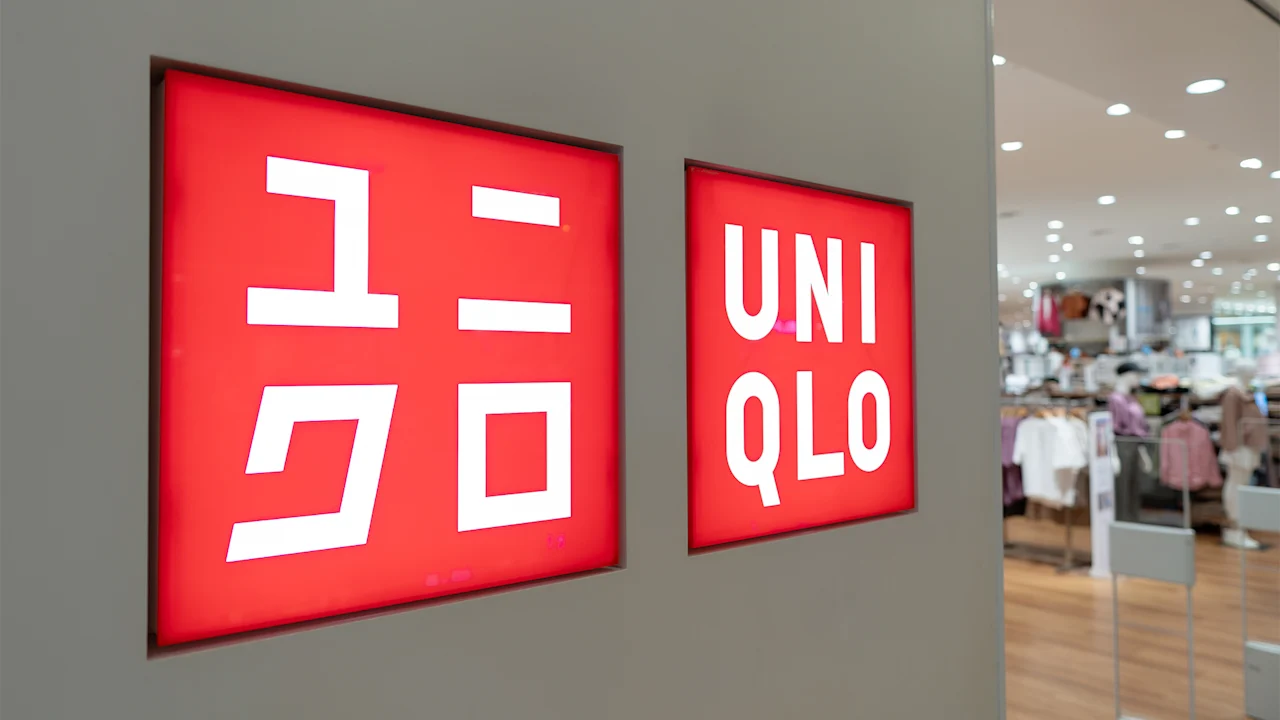Hello and welcome to Modern CEO! I’m Stephanie Mehta, CEO and chief content officer of Mansueto Ventures. Each week this newsletter explores inclusive approaches to leadership drawn from conversations with executives and entrepreneurs, and from the pages of Inc. and Fast Company. If you received this newsletter from a friend, you can sign up to get it yourself every Monday morning.
When Brian Doubles became CEO of Synchrony in 2021, a global pandemic had upended the way companies thought about work. Remote options became ubiquitous, and many employees, when possible, were given the tools they needed to do their jobs from anywhere. Now, even as other financial services companies and banks have issued return-to-office mandates, Doubles is making a different bet: Stamford, Connecticut–based Synchrony allows its more than 20,000 employees to work from home or in a company facility (or a mix of both) with in-person gatherings for training, leadership meetings, innovation sessions, and culture-building events.
The decision appears to be paying off. Turnover is down, job applications are up 30%, and this year Synchrony climbed to No. 2 on the Fortune 100 Best Companies to Work For list, up from No. 37 in 2021.
The recognition caps four years of key gains for the company, which is the nation’s largest issuer of private-label credit cards. In June, Synchrony announced it would power a new credit card program with Walmart, winning back business the company lost to rival Capital One in 2018, and adding to a roster of clients that includes Lowe’s, Verizon, and Amazon. Last year, the company reported net interest income of $18 billion, an increase of 26% from 2021. Since Doubles became CEO, the stock has risen more than 60%, outperforming the S&P 500. (Disclosure: Synchrony was a sponsor of the recent Fast Company Innovation Festival.)
Synchrony’s growth comes despite some headwinds in the world of consumer credit, which former Synchrony parent General Electric helped popularize when it started financing appliance purchases in the 1930s. (GE completed the spin-off of its credit business in 2015.) Store-branded cards once dominated credit card issuance. Now, as big brick-and-mortar retailers such as JCPenney and Macy’s have contracted, store credit cards account for just 4% of purchase volume in the U.S. Well-heeled consumers, meanwhile, are opting for rewards cards such as American Express Platinum or Chase Sapphire Reserve, while more cash-conscious Gen Z consumers finance purchases using buy-now-pay-later (BNPL) products.
Productive paranoia
Synchrony is well placed to respond to changes in the business and economic landscape thanks to a reorganization Doubles executed upon becoming CEO. Though the company was posting strong financial results as consumers returned to pre-pandemic spending, Doubles restructured the business to expand and diversify its customer base; he also created a growth organization and combined the technology and operations to accelerate new product development.
“I have a productive paranoia, and I think the best time to embark on a big change like that is from a position of strength,” he says. “The intent of the reorganization was to bring innovation to market faster—to anticipate what our partners need from us before they’re asking us for it.” For example, rather than creating a dedicated solution for every enterprise customer (Synchrony calls them partners), the company now develops a standardized product and scales it across hundreds of customers, making customized tweaks in the later stages.
Leaders say bringing teams together has given different departments fluency in their counterparts’ work, leading to faster digital tool development. “When I go inside our P.I. [program increment] sessions, which is how agile teams operate, I can’t tell who’s from technology and who’s from credit,” Max Axler, chief credit officer, says of the cross-departmental group that works on PRISM, a proprietary system that makes underwriting and credit decisions.
PRISM is a case study in harnessing Doubles’s productive paranoia. Synchrony changed a process that was working just fine—Synchrony has always been expert at underwriting—and took it to new levels. Today, PRISM can assess an applicant’s creditworthiness in a six-second window while they’re checking out at a store, using 9,000 data points, up from about 100 in 2018. “It was a big message to the organization that we were going to completely redesign the credit platform,” Doubles says, adding: “It gave other teams permission to rethink everything they were doing as well. Even if it’s working, rethink it.”
Because PRISM looks at more variables to make credit decisions, Synchrony says it has been able to extend cards to people who previously might have been rejected because of their credit scores alone. And many of those consumers become especially loyal customers: Synchrony says these customers use their cards as “top-of-wallet” payment methods, driving repeat purchases. (Synchrony makes money when consumers borrow and pay interest on credit cards it has issued.)
Winning back Walmart
Even as Synchrony has been seeking new sources of revenue, including its own buy-now-pay-later offering, investors and analysts are cautiously optimistic about the financial impact of returning customer Walmart. (Before the companies parted ways in 2018, Walmart accounted for about $10 billion, or 19%, of Synchrony’s retail card balances, according to a story in The Wall Street Journal.)
Doubles didn’t offer much detail about the renewed relationship other than touting the benefits of the new card, especially for Walmart+ subscribers, who pay a membership fee for perks like free delivery and shipping, among others.
In a September report recapping a meeting with Synchrony executives, Bank of America Securities senior payments analyst Mihir Bhatia noted that management expects the partnership to be accretive to growth and profit margins, and characterized company leaders as “palpably more excited” about a deeper collaboration with Walmart, including store displays and online promotion of the card. “If Walmart is invested in the partnership and pushes the product and creates an interesting value proposition, customers will respond to that and get the card,” says Bhatia, who has a “buy” rating on Synchrony stock. “If more people get the card, more people spend money on the card, more people borrow on the card, and that’s good for Synchrony.” (The report also paraphrased management saying pure-play BNPL competitors are having a limited impact on Synchrony’s growth, and noted that Synchrony has introduced its own BNPL offering.)
RTO outlier
For all its technological and operational gains, Synchrony is still best known in some circles for its flexible work arrangements. But it wasn’t always a remote-work champion. “Pre-pandemic, we were a 99% in-office culture,” says DJ Casto, chief human resources officer at Synchrony. “This was a big fundamental change and a big trust exercise with our workforce.”
A company survey showed that more than 85% of employees wanted a remote option, prompting the company to permanently adopt a policy that lets everyone work from home or in the office, or for many, a combination of the two, provided they live within commuting distance of a Synchrony office and come in from time to time. In contrast, many Wall Street investment banks and competitors such as JPMorganChase have mandated in-office days. It is worth noting that because Synchrony doesn’t have any physical bank branches, which aren’t needed in the credit card business, the company is able to offer hybrid work to hourly and salaried workers alike.
“We’re trusting our employees to still give 110% even though we’re not monitoring how much time they’re spending in the office,” Doubles adds. “I remind our team all the time that the hybrid work model is a privilege, and we have to earn it every day. We have to earn it by running a successful business that’s growing.”
To ensure accountability and employee engagement in a hybrid workforce, Casto says the company emphasizes the importance of ongoing one-on-one meetings between employees and managers with “significant focus on coaching” versus “managing.” Indeed, the company has embedded coaching throughout the organization. All of Doubles’s executive leadership team members have coaches, and Casto is working to make coaching available to a wider group of employees, including high-potential folks or people trying to work through complicated problems. The company also offers wellness coaches to all employees.
Listening to employees drove Synchrony’s approach to work. Doubles says he also leans on active listening to help him run the business. “You have to listen to your employees,” he says. “They’re going to tell you what’s working and what’s not working. And if they’re telling you what’s not working, you have got to act on it fast, and they have to feel you acting on it.”
Is your team remote or back in office?
What is your company’s remote-work policy, and has it improved employee engagement? Send your experiences to me at moc.oteusnam@athemeinahpets. I’d like to share some of your insights in a future newsletter.
Read more: winning workplaces
Fast Company’s 100 Best Workplaces for Innovators in 2025
Inc.’s 2025 Best Workplaces recognizes the top small and midsize employers
Adam Grant on how to build a winning workplace

















Leave a comment